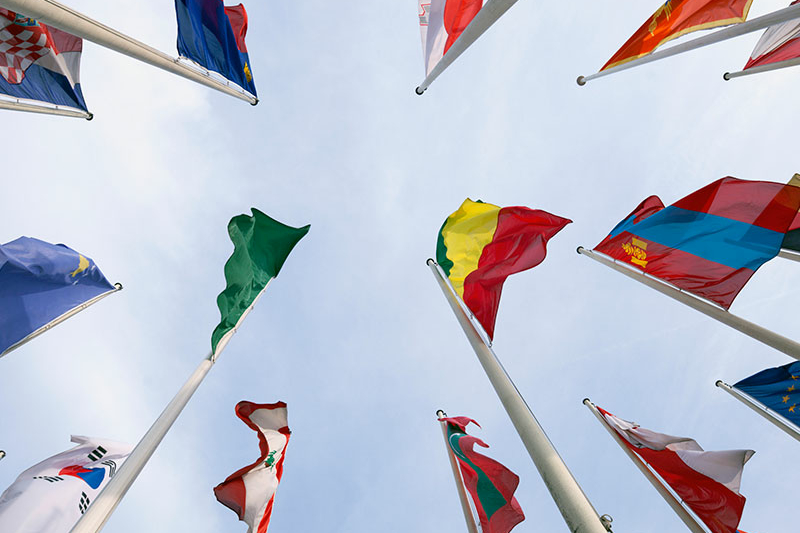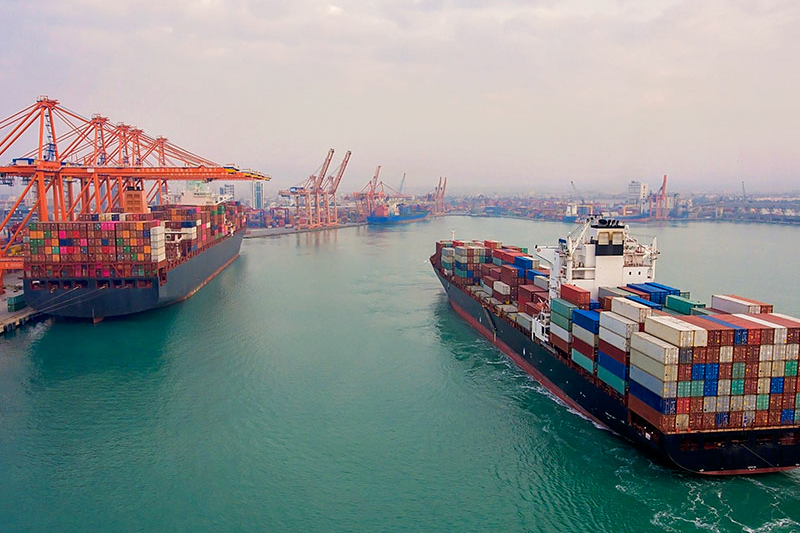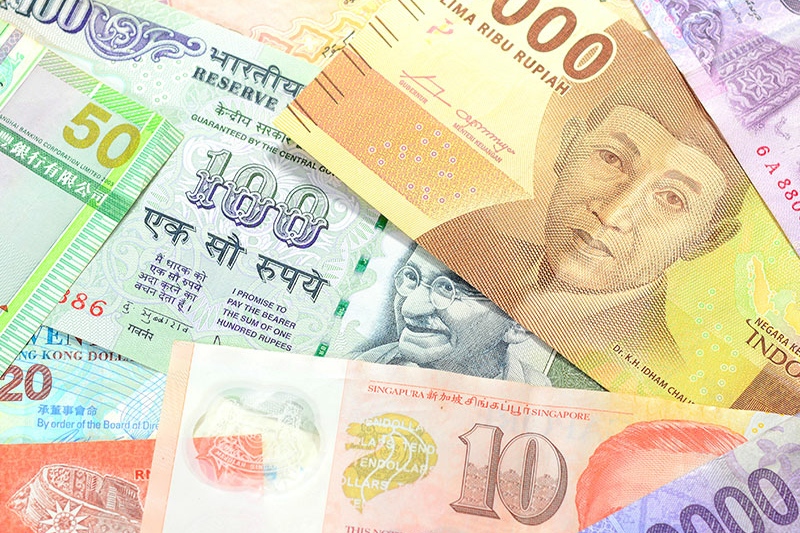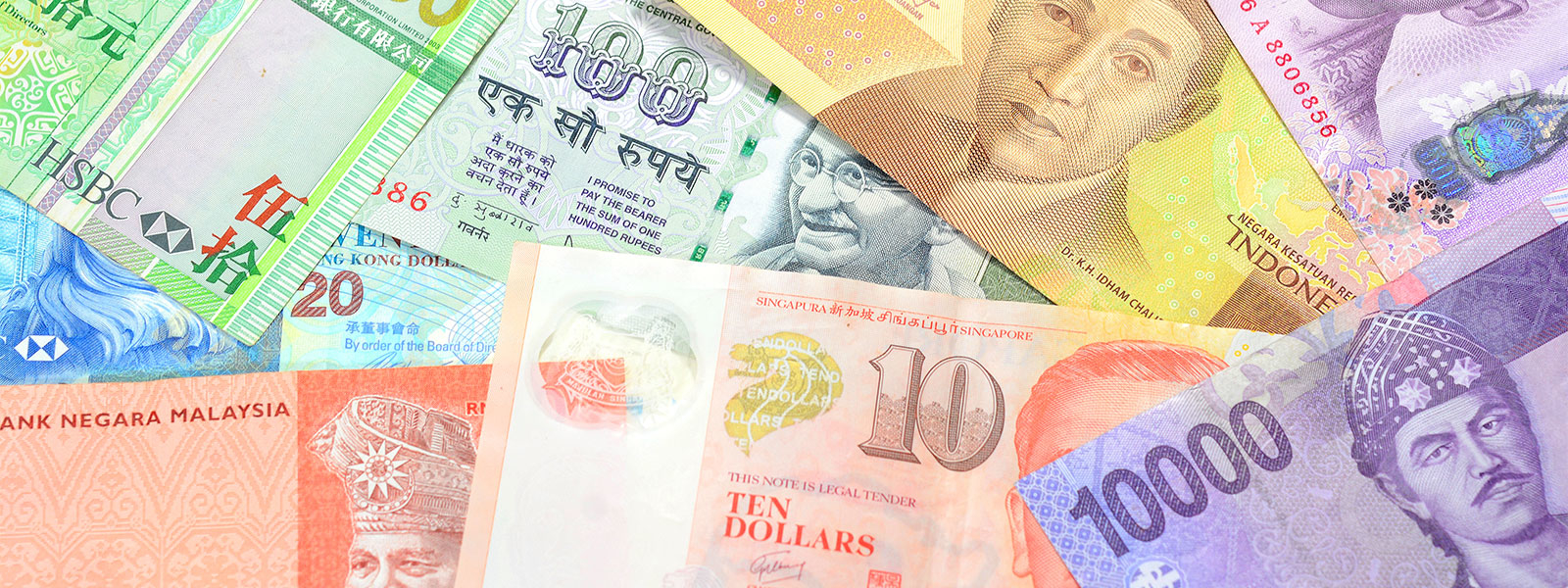Europe takes a tougher approach to technology mergers
Taiwanese companies should keep Europe in mind when planning new deals

While we may be weathering the COVID-19 pandemic, the geopolitical fractures and economic decoupling that reshaped the global business landscape in 2020 have continued to accelerate throughout 2021. It might be too early to say the global markets are "back to business," but there are strong signs that we are on the right track to return to normalcy.
In the Americas, the transactional markets are booming, particularly for M&A and capital markets transactions. The expected passing of a new significant infrastructure bill by the US Biden Administration is expected to create significant infrastructure spending and investment opportunities in the years ahead. Within Europe, the Middle East and Africa (EMEA), we see the rapid emergence of environmental, social and governance (ESG) thematic investments, as well as a renewed focus on technology and healthcare transactions. Private equity (PE) and venture capital (VC) investments into Africa, often viewed as the next growth frontier, have also increased. In Asia-Pacific, Sino-US decoupling and the emergence of special purpose acquisition companies (SPACs) have given rise to significant changes in traditional fundraising avenues and exits.
Moreover, these trends are taking place amid the continuing uncertainties of the world’s varying responses to the COVID-19 pandemic and complex, new global regulatory developments involving trade, sanctions and other geopolitical business issues. For companies and investors based in Taiwan, it can be a challenge to navigate these global risks while seeking out the many growth opportunities that still exist.
We hope this year's report for Taiwanese businesses and investors provides helpful guidance amid a time of historic global transitions.
We begin by reviewing European competition authorities’ heightened focus on the technology sector and tough approach to technology mergers. Similarly, Taiwanese companies doing business in the US may feel the impact as US antitrust policy increasingly targets the technology industry.
Taiwanese businesses and investors should prepare for foreign direct investment (FDI) regulatory scrutiny early in their deal processes, particularly in cross-border M&A transactions involving Europe, the US and other countries, as well as investments into "sensitive" sectors that increasingly include technology, healthcare and other data-driven industries.
Due to the ongoing regulatory changes, global and regional businesses involved in US-Sino trade should balance the competing restrictions while maintaining a cautious approach.
Taiwanese companies exposed to the US market need to understand the rise in US disputes over standard essential patents (SEPs) and how US juries will likely resolve related damages.
We will also discuss how the SPAC and de-SPAC process can help high-potential target companies gain liquidity and the particular opportunities this presents for Taiwanese companies.
Finally, our update on Asia-Pacific financing trends presents insights into areas of financing optimism and robust deal activity throughout the capital markets.
We look forward to discussing these and other issues with you.
Taiwanese companies should keep Europe in mind when planning new deals

By Eileen Cole and Anna Kertesz
Taiwanese companies could feel the impact of the current push for wide-scale change

By Tilman Kuhn and Karalyn Mildorf
Expanded reviews and more resources: The view from 2021

By Cristina Brayton-Lewis and Bingna Guo
Navigating complexities under a new US administration

Taiwanese businesses should watch for continued assertions on 5G, IoT

By Steven Sha and Daniel Yeh
Current market options for Taiwanese companies seeking liquidity

By Charles McConnell and Manley Leung
What's next for Taiwanese banks and businesses?


What's next for Taiwanese banks and businesses?
The COVID-19 pandemic's severe impact on the global economy continued through 2020 and 2021, and the Asia-Pacific region (APAC) was no exception.
Despite the many current challenges, justified optimism and robust deal activity exist throughout the APAC lending markets, particularly in certain regions and types of transactions.
For Taiwanese banks and businesses looking for opportunities, here are insights on where to focus your attention in the coming months.
Currently, deal-making throughout APAC appears robust, although slower than during the third quarter of 2020, when a combination of factors—including an accumulation of delayed deals, initial economic recoveries, accommodating fiscal and monetary policies, and more openings for foreign capital—led APAC transactions to surge.1
During the first quarter of 2021, deal-making activity in the region remained relatively more subdued. The rise in COVID-19 cases with new variants, slow vaccination rollouts and tight travel restrictions in many countries all posed challenges for on-site due diligence and fair asset pricing.2
In the APAC loan market (excluding Japan), syndicated and club loan deal values fell approximately 15 percent year-on-year to US$332.5 billion in 2020, as COVID-19 put the brakes on activity. This was particularly true in the first half of 2020. However, in contrast to the overall drop in loan value, M&A loan activity had a good year in APAC, in which the value for non-sponsored M&A transactions (excluding Japan) climbed 27 percent to US$39.1 billion in 2020.3
At the same time, deal volumes in APAC already began bouncing back in the first half of 2021. During this period, the total deal value of inbound and domestic deals in Southeast Asia rose to US$30.2 billion, while the total deal value of outbound deals in Southeast Asia increased by 9.2 percent to US$17.3 billion.4
In contrast to 2020, when the COVID-19 pandemic dealt a heavy blow to M&A activity in APAC and the overall economy, 623 M&A activity deals in APAC (excluding Japan) generated US$119.4 billion in the first quarter of 2021 (as of March 22, 2021).5
Throughout APAC, M&A loan figures were lifted by mega-deals—such as the Indofoods/Pinehill transaction and Charoen Pokphand's US$10.6 billion acquisition of Tesco's Thailand and Malaysia supermarkets announced early in 2020, which was financed with a US$7.24 billion-equivalent bridge loan.6
This rise in headline M&A loan issuances occurred amid a 2020 fall in APAC M&A deal numbers, which dropped 7 percent year-on-year to 4,130 transactions.7
Outbound M&A activity from APAC into the US—historically a key source of opportunities for Asian banks—was especially hard hit, as deal values fell from US$75.5 billion in 2019 to US$41.7 billion in 2020.8
Based on this, most lenders will continue to hope that domestic and outbound APAC M&A activity recovers, bringing more lending opportunities to market, and that vaccine rollouts and looser travel restrictions make it easier for deal-makers to conduct future transactions. At the same time, outbound activity from APAC into the US could remain challenging, particularly in light of rising tensions between the US and mainland China over M&A transactions and financial and securities regulations.9
Private equity (PE)-sponsored deals are also returning, particularly exits, buoyed by more generous valuations. During the first quarter of 2021, PE exits in 33 deals generated US$19.2 billion, the highest quarterly value since the third quarter of 2018. Moreover, 90 PE buyout deals were recorded for US$18.7 billion, 25.4 percent more than the same quarter in 2020 (although less than the levels recorded in all other quarters of 2020).10
PE continues to be a staple of merger and acquisition activity throughout APAC, with a particular focus on Japan and India.
There is no shortage of liquidity in APAC, as US and European investors look worldwide for greater yields. APAC businesses may attract US and European capital on flexible terms, particularly for deals with a US or European angle and/or strong credit story.
With record fundraising by PE firms for use in APAC, one could expect to continue to see aggressive terms for leveraged buyouts (LBOs) in the near future, especially among top-tier PE funds. At the same time, the many large PE firms deploying debt and equity capital continue to create a highly liquid mezzanine capital market for LBOs in APAC.
Alternative capital providers, including private credit funds and asset management companies, have been providing significant funding for high levels of APAC deals, especially in North Asia. The main factors driving the rise of alternative capital provider deals in APAC likely include the impacts of recent deleveraging in mainland China and Chinese banks seeking safer options, as well as increasing numbers of special situation transactions since early 2020.
Significant amounts of corporate debt became due for refinancing in 2020 in North Asia, particularly mainland China, a consequence of significant levels of corporate debt fundraising during the three years leading up to the start of the pandemic. Alternative capital providers frequently pursue distressed deals, where the underlying assets and businesses remain sound, by tailoring new, innovative financial solutions.
As a result of this and other factors, alternative capital providers may become an established mainstream source of funding for mid-market businesses throughout APAC in the near future.
Before the current pandemic began, estimates showed electricity consumption in ASEAN countries growing at approximately 6 percent a year.11 This growth will likely resume when manufacturing and industrial activity, urban expansion, transportation and other factors return to normal. Although increased fossil fuel use (particularly oil and coal) has powered much of the growth in electricity generation for industrial expansion and development over the past two decades, many APAC countries are now planning for transitions to a future of sustainable energy generated by renewable sources.
A sharper understanding of the public health risks of fossil fuel usage and the strategic value of reducing dependence on fuel imports drive these commitments to renewable energy and sustainable projects. Meanwhile, APAC lending is both reacting to and accompanying this focus on renewable energy and sustainability, as the volume of sustainability-linked loans has increased in APAC's syndicated loan markets.
To reflect this trend, the Asia Pacific Loan Market Association has revised its Sustainability Linked Loan Principles (SLLP) and accompanying Guidance on Sustainability Linked Loan Principles (SLLP Guidance). Several of the amendments seek to tighten language about the selection of key performance indicators (KPIs) and the scope of sustainability performance targets (SPTs) to provide greater clarity. The amendments also require independent, external verifications of a borrower's performance level against each SPT for each KPI. They also adjust the SLLP to align with ICMA's Sustainability Linked Bond Principles, in an attempt to instill a cohesive approach to sustainability-linked financial products throughout APAC debt markets.
1 Mergermarket, Asia Pacific Trend Summary Q1 2021.
2 Id.
3 https://debtexplorer.whitecase.com/leveraged-finance-commentary/covid-19-and-trade-tensions-weighed-on-asia-pacific-debt-markets#!
4 Mergermarket, Deal Trends H1 2021, South East Asia.
5 Mergermarket, Asia Pacific Trend Summary Q1 2021.
6 https://debtexplorer.whitecase.com/leveraged-finance-commentary/covid-19-and-trade-tensions-weighed-on-asia-pacific-debt-markets#!
7 Id.
8 Id.
9 Id.
10 Mergermarket, Asia Pacific Trend Summary Q1 2021.
11 Investing in ASEAN (2021/2022) by Association of Southeast Asian Nations.
White & Case means the international legal practice comprising White & Case LLP, a New York State registered limited liability partnership, White & Case LLP, a limited liability partnership incorporated under English law and all other affiliated partnerships, companies and entities.
This article is prepared for the general information of interested persons. It is not, and does not attempt to be, comprehensive in nature. Due to the general nature of its content, it should not be regarded as legal advice.
© 2021 White & Case LLP